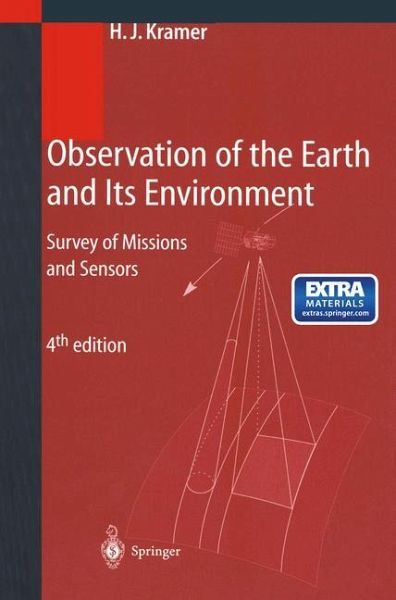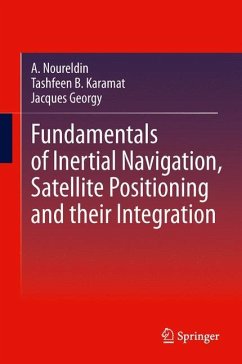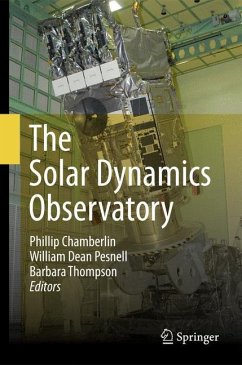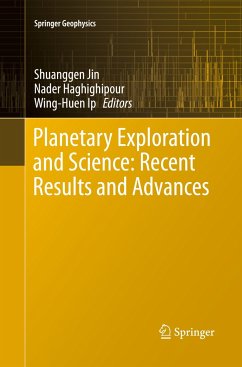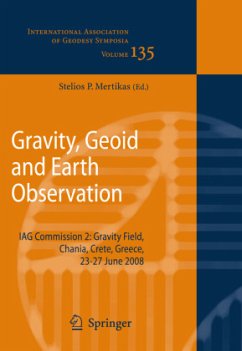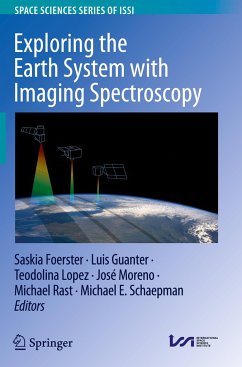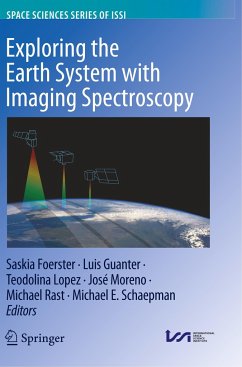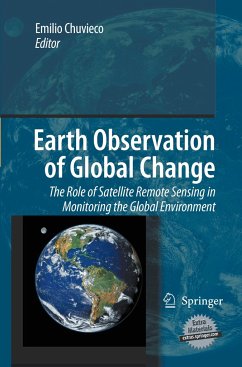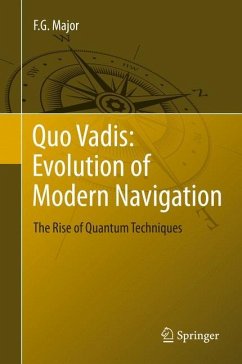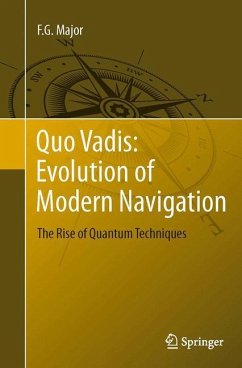more than 400 pages of resource material that is not in the hard copy), this encyclopaedic monograph captures the entire field of space-based and airborne systems, instruments, campaigns, and much more. Although the price may dissuade purchase for personal use, at less than 1/10th the cost of a single frame of decent space-based imagery, it is a steal. No laboratory, agency, technical library, or serious practitioner concerned with remotely sensed data or systems should be without this work. It is clear that the author has invested an incredible amount of effort to compile so much rich detail in such an accessible format and pleasing style. There is no alternative reference to be found anywhere that approaches the scope and breadth of this modern classic." R.K. RANEY, IEEE GEOSCIENCE AND REMOTE SENSING SOCIETY NEWSLETTER (March 2002) "Of all the books in my office, this is the one that I refer to most frequently. Anyone working in the fi3eld of remote sensing will eventually need the answers to question such as, "What is the instrument complement of UARS?" or "What is the spatial resolution of EROS-A1?" Even in this age of online resources, the best and fastest way to answer those questions is to consult this book. Herbert Kramer has provided a comprehensive and up-to-date compendium of space-borne missions that are designed to perform earth remote sensing, but also upper-atmosphere and ionosphere sensing, near-earth environmental monitoring, and technology demonstrations. The encyclopaedic portion of the text on space-borne missions totals more than 1000 pages, and that alone would compose a unique reference text. But there is much more to this book. The entire contents of the book are also provided on a CD-ROM which also contains a 327-page survey of airborne sensors. This book is a tour de force. It is an indispensable reference book that belongs on the bookshelf of every serious practitioner. It is a unique resource and has my highest recommendation." D.L. GLACKIN (BULLETIN OF THE AMERICAM METEROLOGICAL SOCIETY, May 2002)
"Observations of the Earth and Its Environment is a carefully constructed book with sections emphasizing different aspects of remote sensing in the Earth sciences. ... The most important information in the book for a beginner is probably the clear description of the terminology used in remote sensing. ... In summary, Observations of the Earth and Its Environment is a well-presented encyclopedia of useful information that is required for anyone who is interested in the application, technology, and science of remote sensing." (Venkat Lakshmi, EOS, Vol. 84 (6), 2003)
"This book of 1923 pages, 522 figures, and 857 tables ... is more than a documentation. ... It is an excellent overview about space technology and techniques of satellite sensors. ... Consequently, this book is important for each library as information source about satellite techniques and space activities. It is particularly valuable because of its integration of collection of information, description of backgrounds and objectives as well as explanation of scientific fundamentals and technical details." (Meteorologische Zeitschrift, Vol. 11 (4), 2002)
"This very largetome is perhaps the most complete reference book on satellite missions and sensors ever printed. ... I found the book full of useful and accurate information and an excellent resource. ... The hardcover book is beautifully produced; the typeface, although small, is sharp and legible and the figures are clear. I'm impressed with this reference book and would recommend it very highly to all students and researchers with a serious interest in Earth Observation using satellite and airbone platforms." (Fred Prata, Australian Meteorological Magazine, Vol. 51 (2), 2002)
